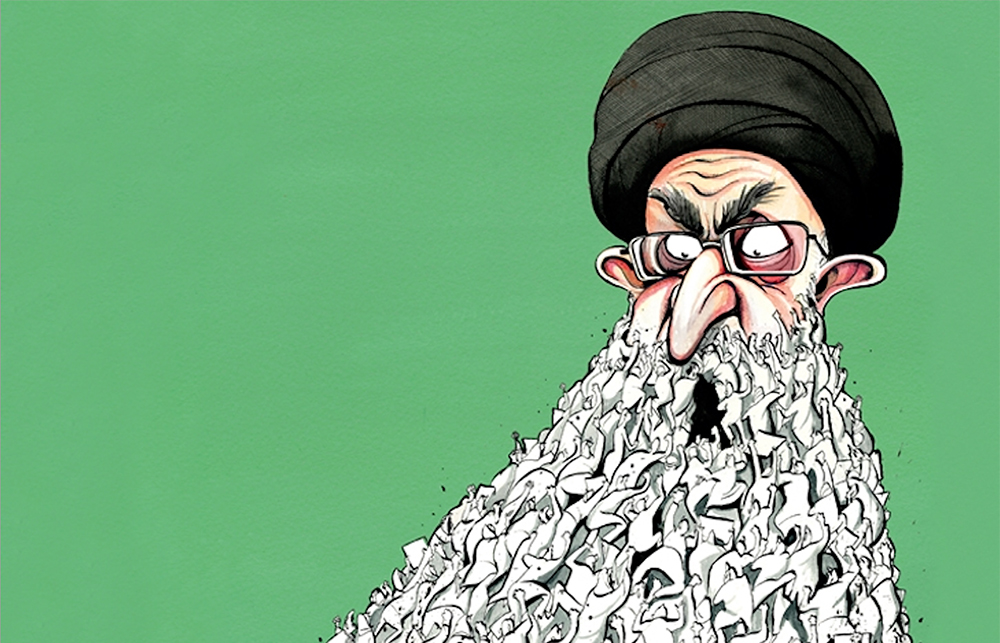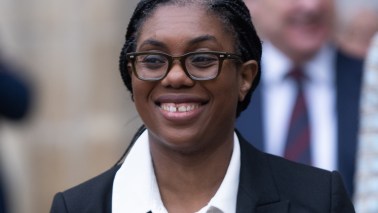Twenty-two-year-old Hadis Najafi does not look like a foot soldier in a revolution. In the last film of Najafi alive, it is night and she’s walking down a road in Karaj, her home town, smiling and scrunching up her hair into a ponytail. She is young, blonde and on her way to a demonstration. Najafi reminds me of my own daughter, tying up her hair in the same casual, no-nonsense way. Thirty minutes later, she was dead, shot six times in the face, hand, neck and heart. Her crime? To go to a protest and not to wear a hijab.
Iran is locked in a clash between its medieval Islamic theocracy and the TikTok generation. The killing of young women like Najafi and Mahsa Amini in late summer has brought the students out on the streets and now there have been thousands of arrests: rappers, actresses, writers, musicians and sport personalities – even the producer of a football podcast.
In late September, 16-year-old Nika Shakarami vanished, and ten days after that, her body was found in a detention centre morgue. Outraged by Nika’s death, more high-school girls have begun to join the protests. They film themselves with their hair loose, often making obscene gestures at the photo of the Supreme Leader that hangs in every classroom.
‘The only hope for those kids is if the international community engages and treats the situation with urgency’
Unlike past challenges to Iran’s elderly theocratic leaders, this is a protest movement begun, led and driven by women – and very young women at that. Sixty per cent of the population is under 30. One Iranian explained that the reason these girls are so defiant is in part because of Covid. Because schools were shut, it meant that pupils missed out on two years of crucial indoctrination. ‘They have no fear.







Comments
Join the debate for just £1 a month
Be part of the conversation with other Spectator readers by getting your first three months for £3.
UNLOCK ACCESS Just £1 a monthAlready a subscriber? Log in